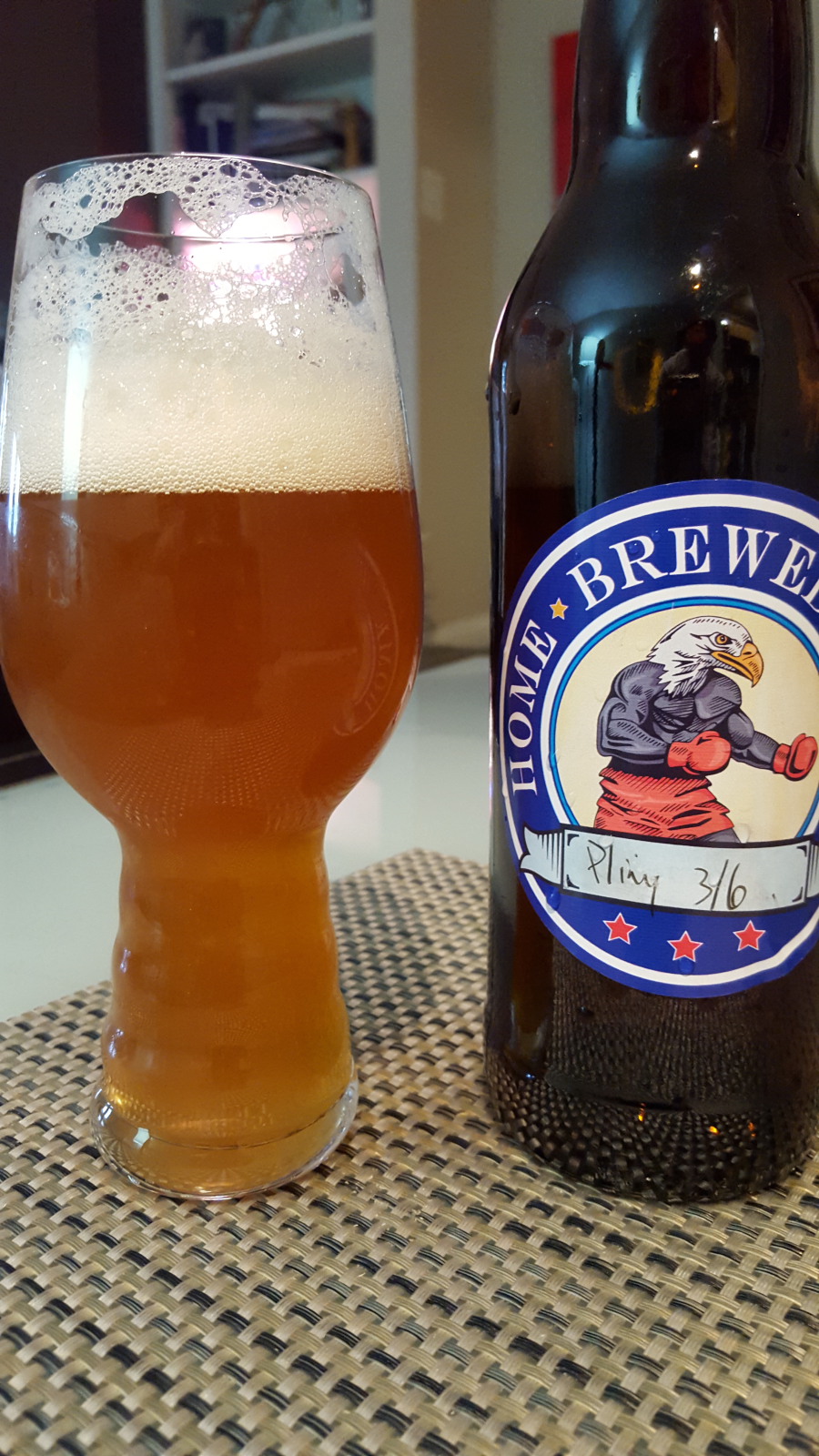Greetings all,
I've been homebrewing for 6 months or so, since a buddy got me into it. Have really benefited from all the knowledge and tips shared on this site.
I mostly brew IPAs and DIPAs - started with extract-based versions and recently moved up to all-grain BIAB. Unfortunately my beers are consistently oxidizing after several weeks in the bottle, which is really frustrating. After reading the numerous threads on this subject, I'm still at a loss, and hoping someone may have an answer.
I've got 6-7 brews under my belt, usually in the 3-4.5 gallon range. My process is pretty standard. In general, after the boil I cool the wort and transfer to a bucket or carboy. Pitch the yeast at target temp and set it aside for 2 weeks or so at 68-70 degrees. I usually dry-hop for an additional week. I used a secondary for the first few brews, but stopped doing that out of concern it was contributing to the oxidation. Once fermented, I transfer the beer to a bottling bucket with an auto-siphon, careful to avoid any air in the line. I add the priming sugar dissolved in water, and bottle via a spring loaded bottle filler that is connected to the bottling spigot via hose. For the first 3-4 brews, I didn't put a cap immediately on each bottle after filling them, but waited until all of the bombers were full to cap them. I've since changed that approach, to no avail.
So I feel like I'm doing everything I can do, but my beers are still noticeably darkening after 3 weeks in the bottle, with the nice hoppy flavors being replaced by the dreaded sherry/cardboard taste. Kegging is not really an option, I'd like to make bottling work if at all possible. Any ideas?
I've been homebrewing for 6 months or so, since a buddy got me into it. Have really benefited from all the knowledge and tips shared on this site.
I mostly brew IPAs and DIPAs - started with extract-based versions and recently moved up to all-grain BIAB. Unfortunately my beers are consistently oxidizing after several weeks in the bottle, which is really frustrating. After reading the numerous threads on this subject, I'm still at a loss, and hoping someone may have an answer.
I've got 6-7 brews under my belt, usually in the 3-4.5 gallon range. My process is pretty standard. In general, after the boil I cool the wort and transfer to a bucket or carboy. Pitch the yeast at target temp and set it aside for 2 weeks or so at 68-70 degrees. I usually dry-hop for an additional week. I used a secondary for the first few brews, but stopped doing that out of concern it was contributing to the oxidation. Once fermented, I transfer the beer to a bottling bucket with an auto-siphon, careful to avoid any air in the line. I add the priming sugar dissolved in water, and bottle via a spring loaded bottle filler that is connected to the bottling spigot via hose. For the first 3-4 brews, I didn't put a cap immediately on each bottle after filling them, but waited until all of the bombers were full to cap them. I've since changed that approach, to no avail.
So I feel like I'm doing everything I can do, but my beers are still noticeably darkening after 3 weeks in the bottle, with the nice hoppy flavors being replaced by the dreaded sherry/cardboard taste. Kegging is not really an option, I'd like to make bottling work if at all possible. Any ideas?





























![Craft A Brew - Safale BE-256 Yeast - Fermentis - Belgian Ale Dry Yeast - For Belgian & Strong Ales - Ingredients for Home Brewing - Beer Making Supplies - [3 Pack]](https://m.media-amazon.com/images/I/51bcKEwQmWL._SL500_.jpg)





























